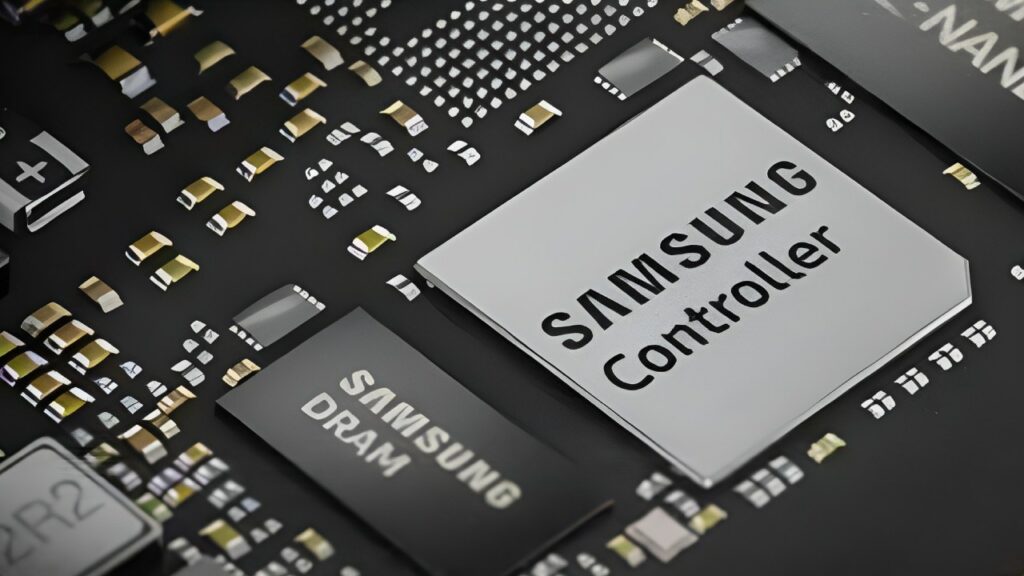As reported in a Semiconductor Engineering report, Samsung announced its new strategic goal at the Memcon 2024 conference. Samsung aims to adapt to evolving technology has led it towards innovative solutions in a new market.
Samsung Electronics aims to pioneer the field of 3D DRAM memory to transcend the limitations of traditional memory designs. As DRAM line widths are expected to fall below 10 nanometers in the coming years, existing memory architectures are approaching scaling limits. This has prompted Samsung to turn to innovative solutions like 3D DRAM to adapt to evolving technology.
Samsung sets its sights on a $100 billion market!
At the Memcon 2024 event, Samsung highlighted two key technologies: Vertical Channel Transistors and Stacked DRAM. Vertical Channel Transistors propose a significant change in transistor design. By turning the current flow channel from horizontal to vertical, Samsung aims to significantly reduce the footprint of transistors. However, it’s important to note that this approach requires higher precision.
Stacked DRAM, on the other hand, is designed to maximize space utilization. While traditional 2D DRAM uses only the horizontal plane, Stacked DRAM stacks multiple layers of memory cells within a chip using the vertical dimension (z-axis). This innovative approach could push the capacity of a single chip beyond current limits.

These steps by Samsung are part of a long-term strategy aimed at increasing memory capacity in various areas. The 3D DRAM market is expected to exceed $100 billion by 2028. To solidify its leadership in this field, Samsung has established a dedicated 3D DRAM research laboratory in Silicon Valley.
This move allows the company to attract talent and accelerate research and development efforts. Along with these steps, Samsung’s goals in 3D DRAM represent the beginning of a new era in memory technology.

If successful, this innovation could make electronic devices more powerful. It’s known that other major memory manufacturers are also taking steps to increase competition in this area. Samsung’s pioneering position and commitment to research could make it a leader in the 3D DRAM revolution.
So, what innovations do you think Samsung’s leadership in 3D DRAM will bring? How will this technology change our daily lives? Share your thoughts with us in the Comments section.














